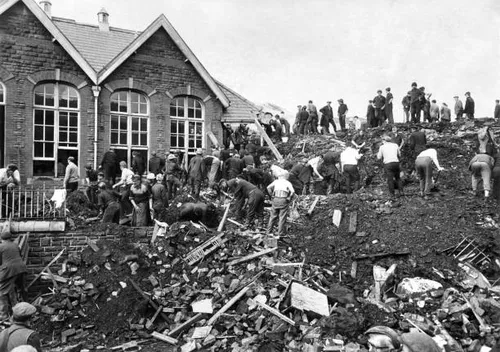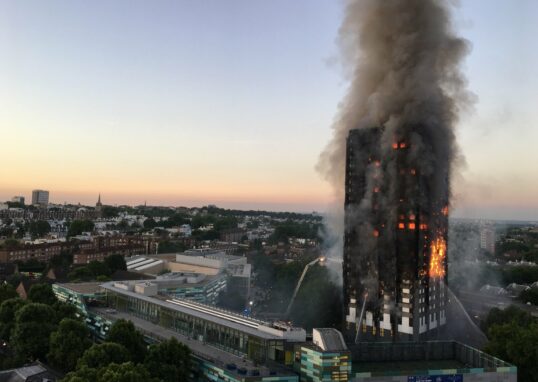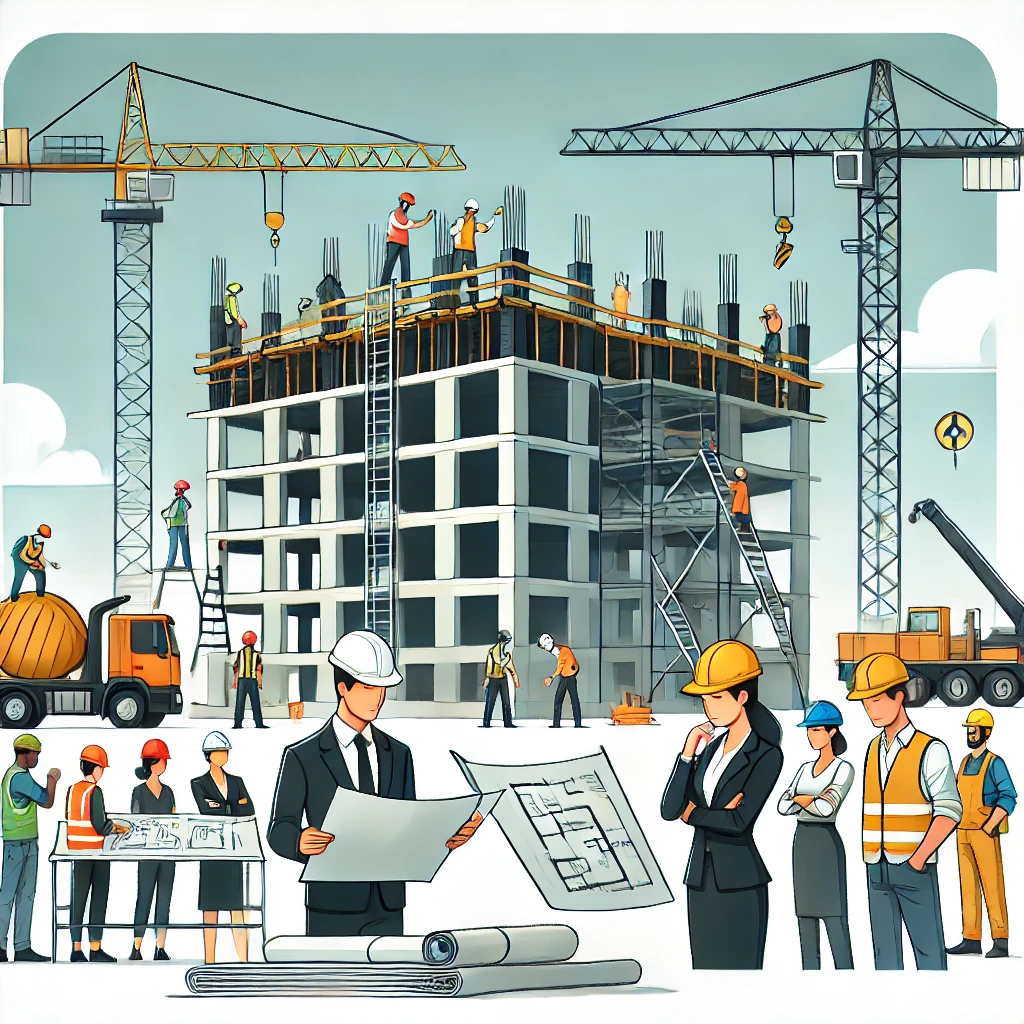Lessons from Tragedy – The Evolution of Building Safety Regulations

In the world of construction and safety, regulations are often born out of necessity, shaped by the lessons learned from past tragedies. Two significant disasters – the Aberfan disaster of 1966 and the Grenfell Tower fire of 2017 – have profoundly influenced health and safety legislation in the UK. These events underscore the importance of stringent safety measures and the continuous evolution of regulations to protect lives.
The Aberfan Disaster and the Health and Safety at Work Act (HSWA)
On 21st October 1966, the small village of Aberfan in Wales was struck by a catastrophic collapse of a colliery spoil tip, engulfing a school and claiming the lives of 144 people, most of them children. This disaster exposed severe deficiencies in industrial safety practices and highlighted the urgent need for comprehensive health and safety regulations.
In the aftermath, Lord Alfred Robens, then Chairman of the National Coal Board, was appointed to lead a committee to review workplace safety. The Robens Report, published in 1972, recommended a streamlined approach to health and safety regulation, emphasising the shared responsibility of employers and employees. This report laid the foundation for the Health and Safety at Work Act (HSWA) 1974, which established the Health and Safety Executive (HSE) and set out a robust framework for managing workplace safety.
The Grenfell Tower Fire and the Building Safety Act (BSA)
Fast forward to 14th June 2017, the Grenfell Tower fire in London resulted in the tragic loss of 72 lives. The fire revealed critical flaws in building safety regulations, particularly regarding fire safety in high-rise buildings. This incident prompted a thorough re-evaluation of existing building safety measures.
In response, the UK government introduced the Building Safety Act (BSA) to enhance building safety standards, especially for higher-risk buildings. The BSA aims to ensure better oversight, accountability, and management of building safety risks. Key provisions include the establishment of the Building Safety Regulator (BSR), the introduction of roles such as the Accountable Person and Building Safety Manager, and the implementation of a new gateway process for higher-risk buildings.
Understanding Principal Designer Roles
Principal Designer (PD) under Building Regulations (BR PD)
The Principal Designer under Building Regulations is responsible for ensuring that building designs comply with all relevant regulations, focusing on safety, energy efficiency, and accessibility throughout the design process.
Principal Designer (PD) under CDM Regulations (CDM PD)
Appointed by the client, the CDM Principal Designer plans, manages, monitors, and coordinates health and safety during the pre-construction phase. They ensure all designers comply with their duties to eliminate, reduce, or control foreseeable risks.
A Principal Designer must be appointed early in the design process, ideally before significant design work begins. The requirement applies to all commercial construction projects involving more than one contractor, including scenarios where the main contractor employs subcontractors.
The client is legally obligated to appoint a PD if the project meets the criteria. Failure to do so can result in the client assuming the responsibilities of the PD, leading to potential enforcement actions by the HSE, fines, and even criminal prosecution.
Key Responsibilities and Duties
- CDM Principal Designer Responsibilities:
- Ensure designers comply with CDM Regulations.
- Identify and eliminate foreseeable health and safety risks.
- Liaise with the client, principal contractor, and other designers.
- Building Regulations Principal Designer Responsibilities:
- Ensure compliance with Building Regulations.
- Coordinate with other design professionals to ensure a holistic approach to safety and compliance.
- Ensure all designs meet required standards for safety, sustainability, and accessibility.
At Deacon Marriner, we prioritise risk management, compliance assurance, and effective collaboration. By identifying and mitigating risks early, maintaining detailed records, and ensuring robust communication among all stakeholders, we safeguard our clients and design teams from legal scrutiny and potential court cases.
The evolution of building safety regulations, shaped by tragedies such as Aberfan and Grenfell, highlights the critical importance of stringent safety measures and robust compliance frameworks. At Deacon Marriner, we are committed to upholding these standards, ensuring the safety and well-being of all our clients and stakeholders.
Author
admin@deaconmarriner.co.uk
Related posts

Navigating the Principal Designer Role Across England and Wales: What the New Welsh Consultation Means
As the construction safety landscape continues to evolve in the wake of the Building Safety Act 2022 (BSA 2022), those of us...

Grenfell Tower to Be Dismantled: A Necessary Step Towards Safety and Remembrance
The UK government’s confirmation to dismantle Grenfell Tower marks a poignant and necessary step forward. While the tower has stood as a...

Understanding the Principal Designer’s Role in Compliance with CDM and BSA
The role of a Principal Designer (PD) is pivotal in ensuring the success and safety of construction projects. As the construction industry...
